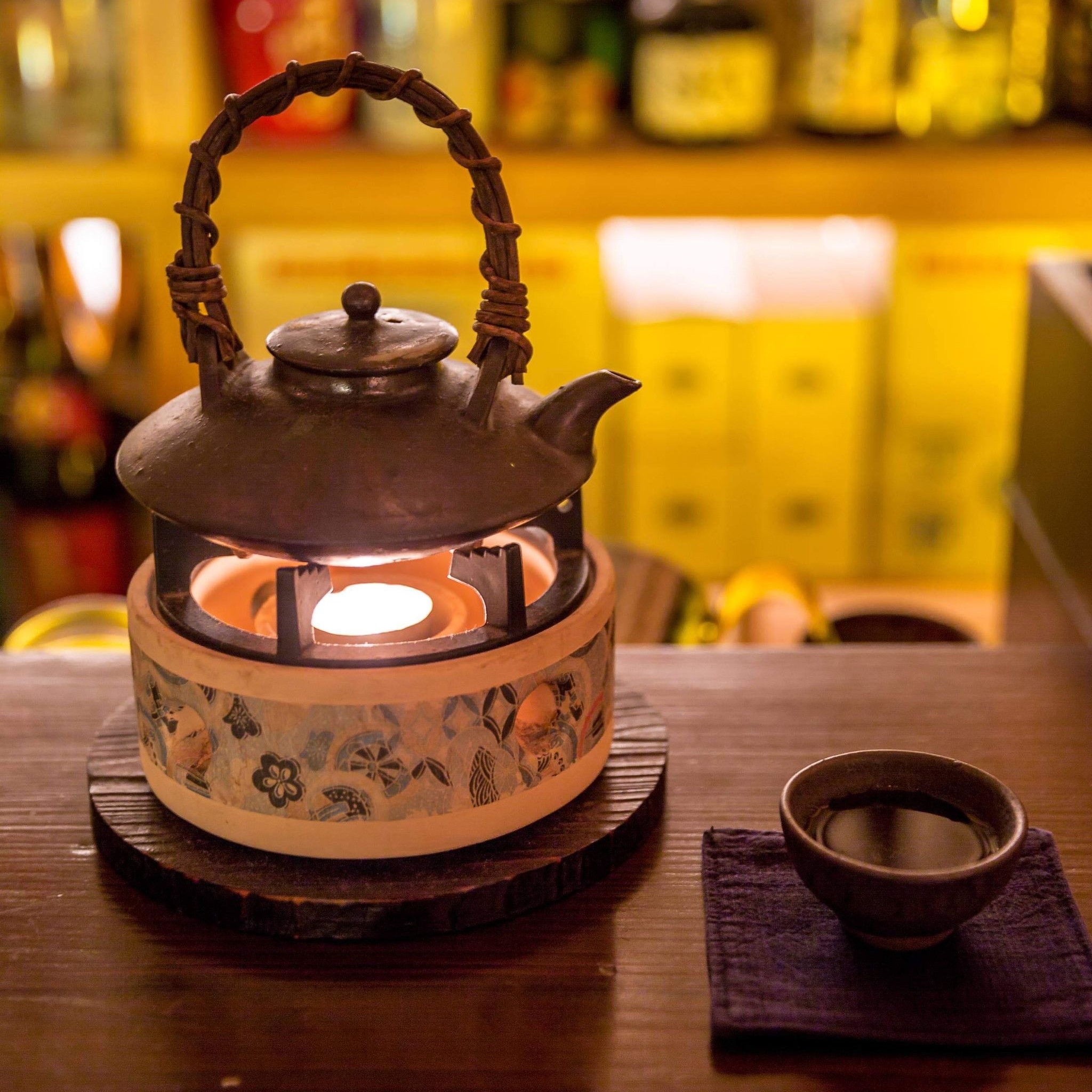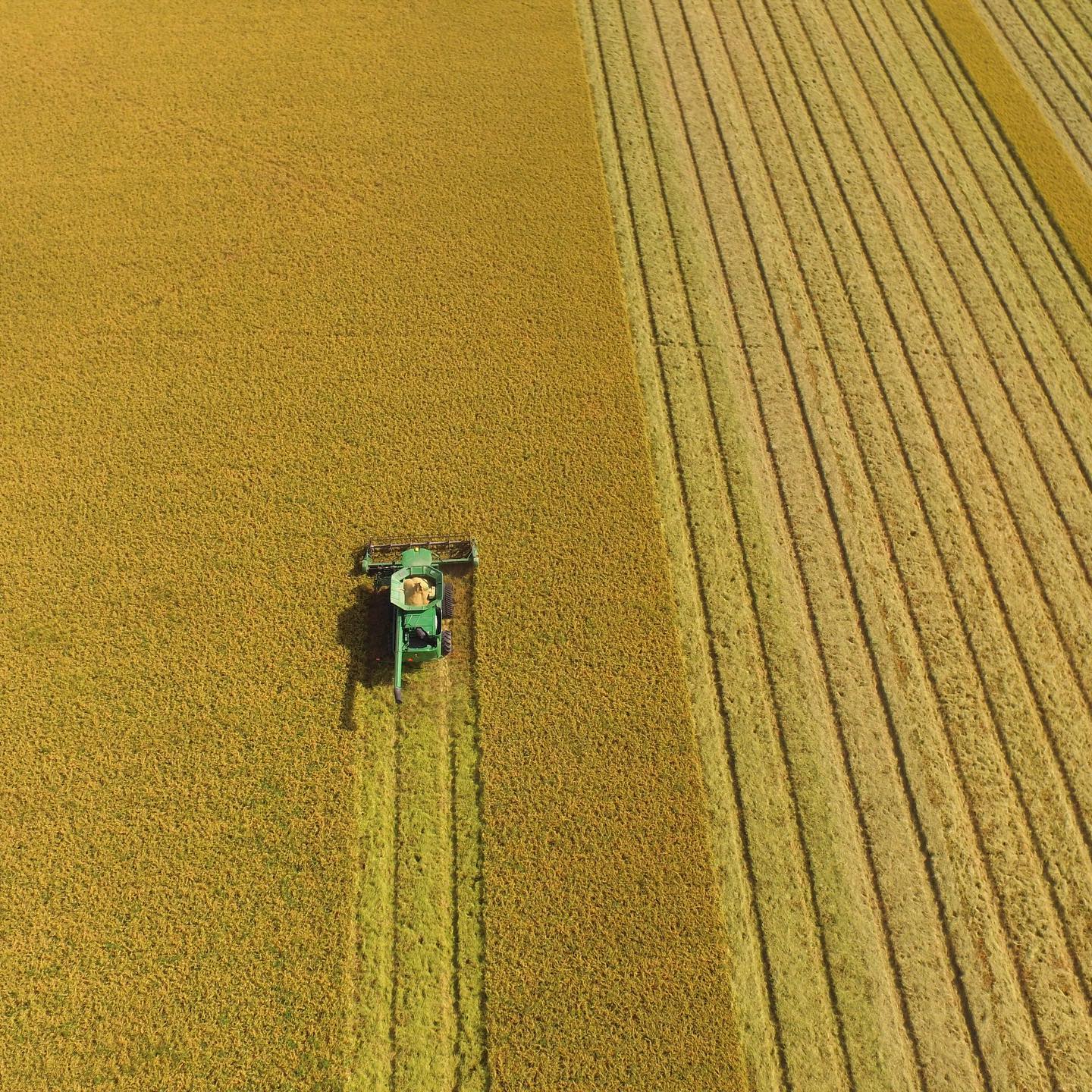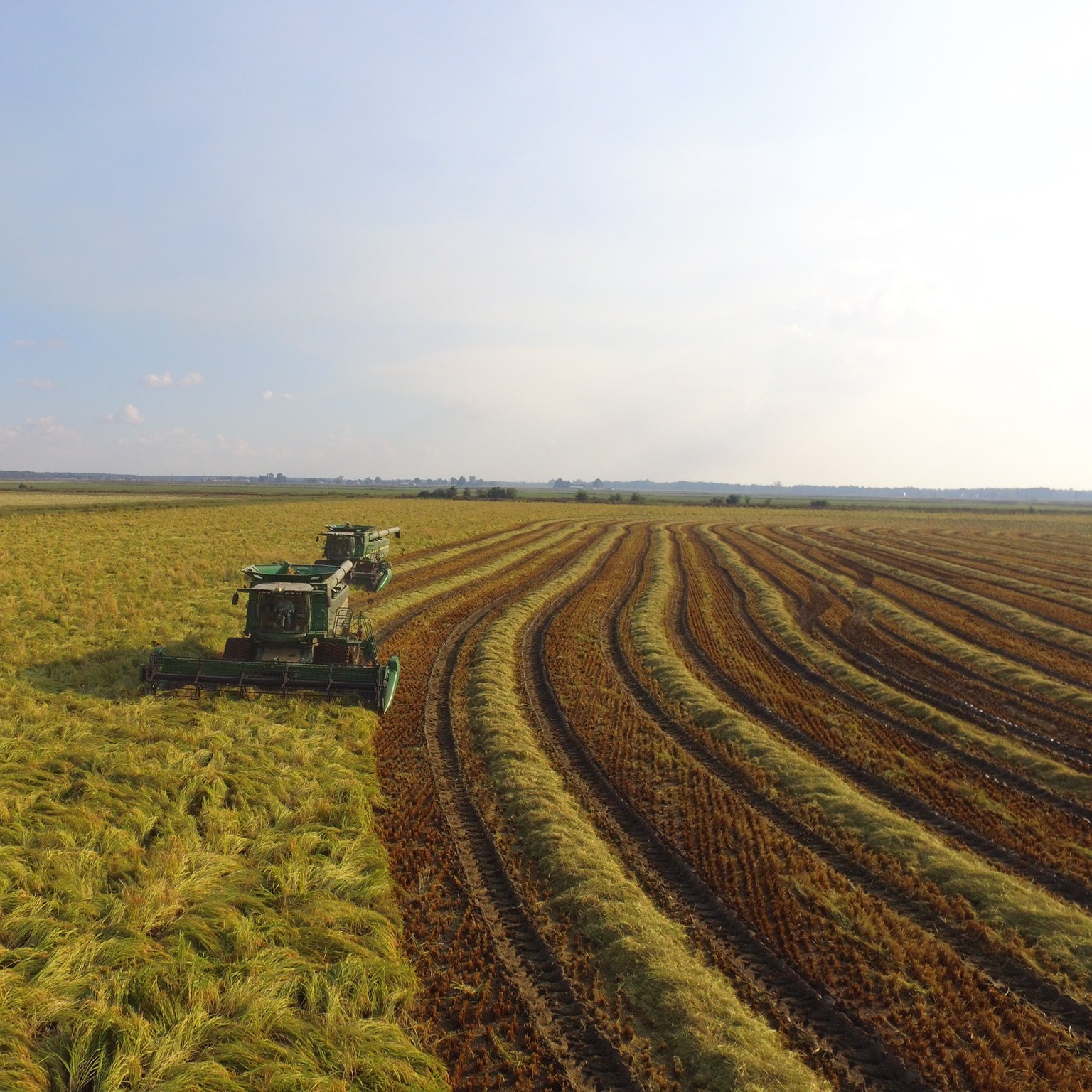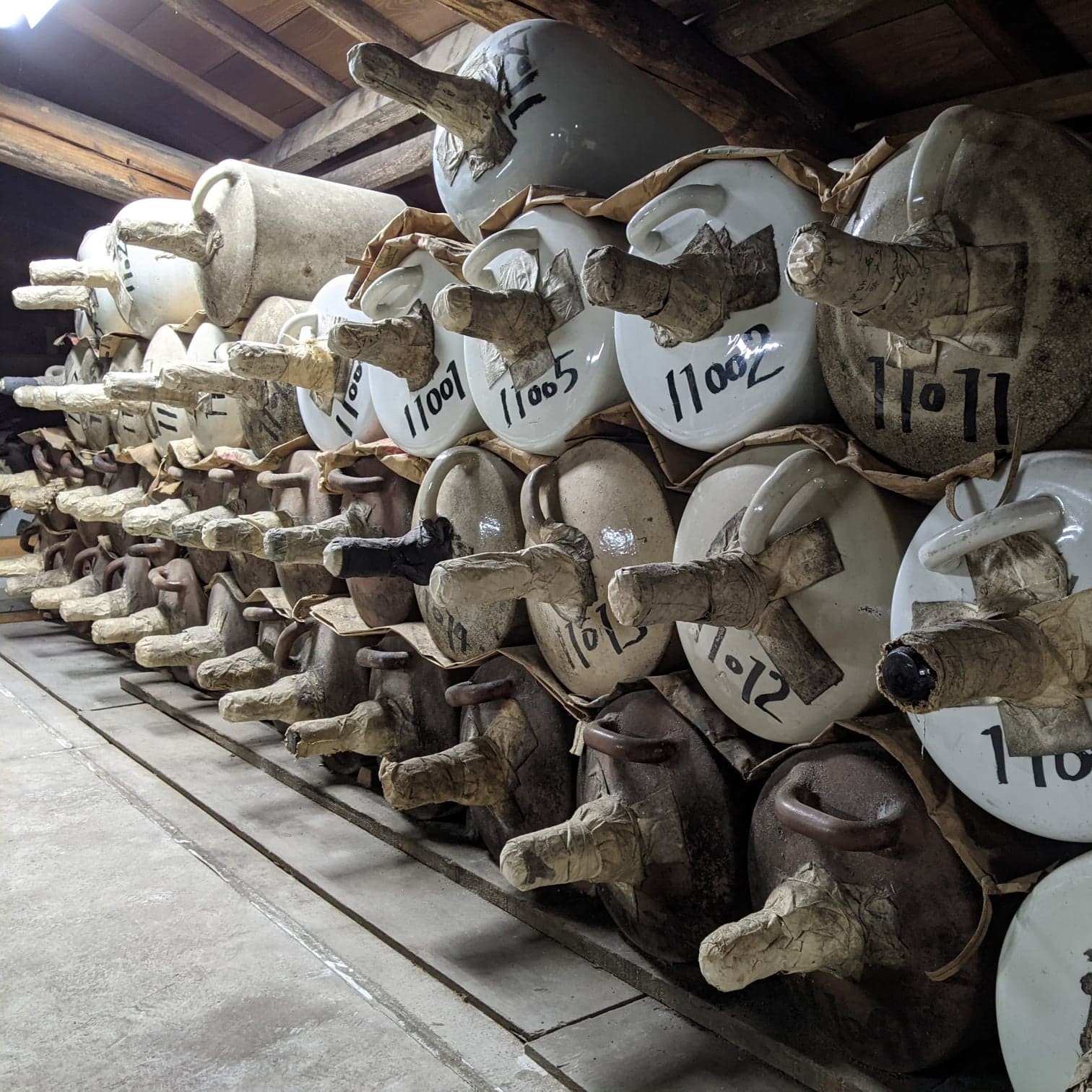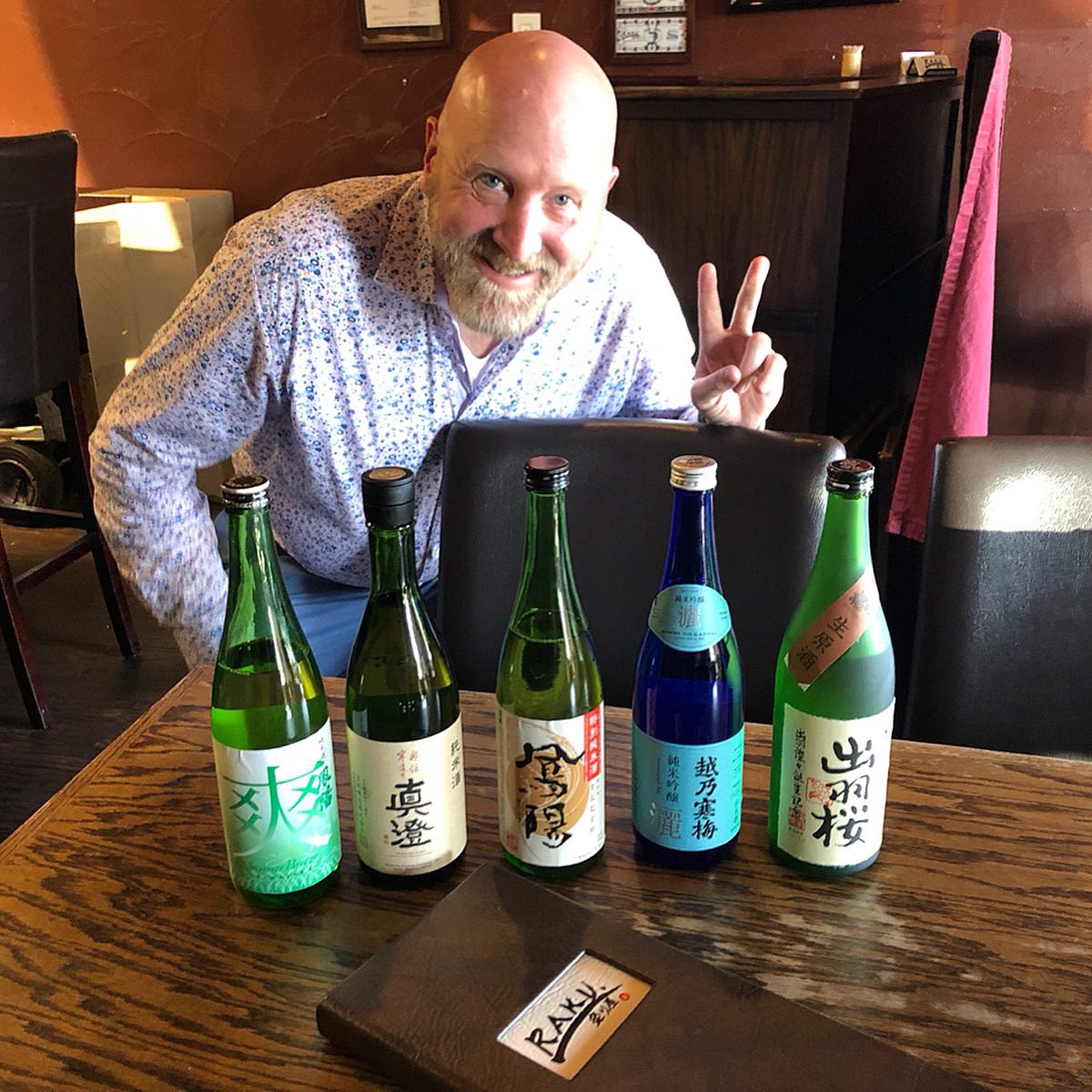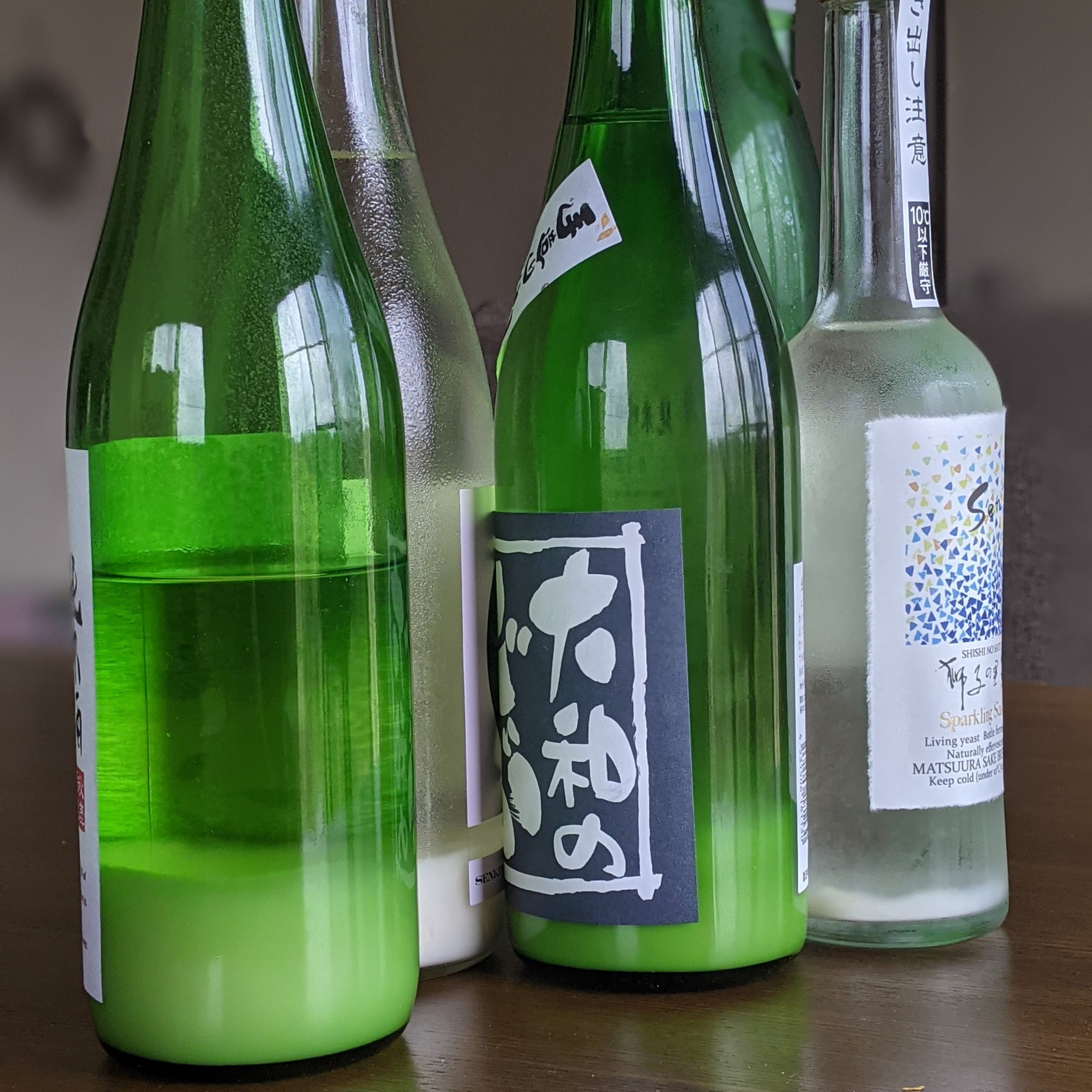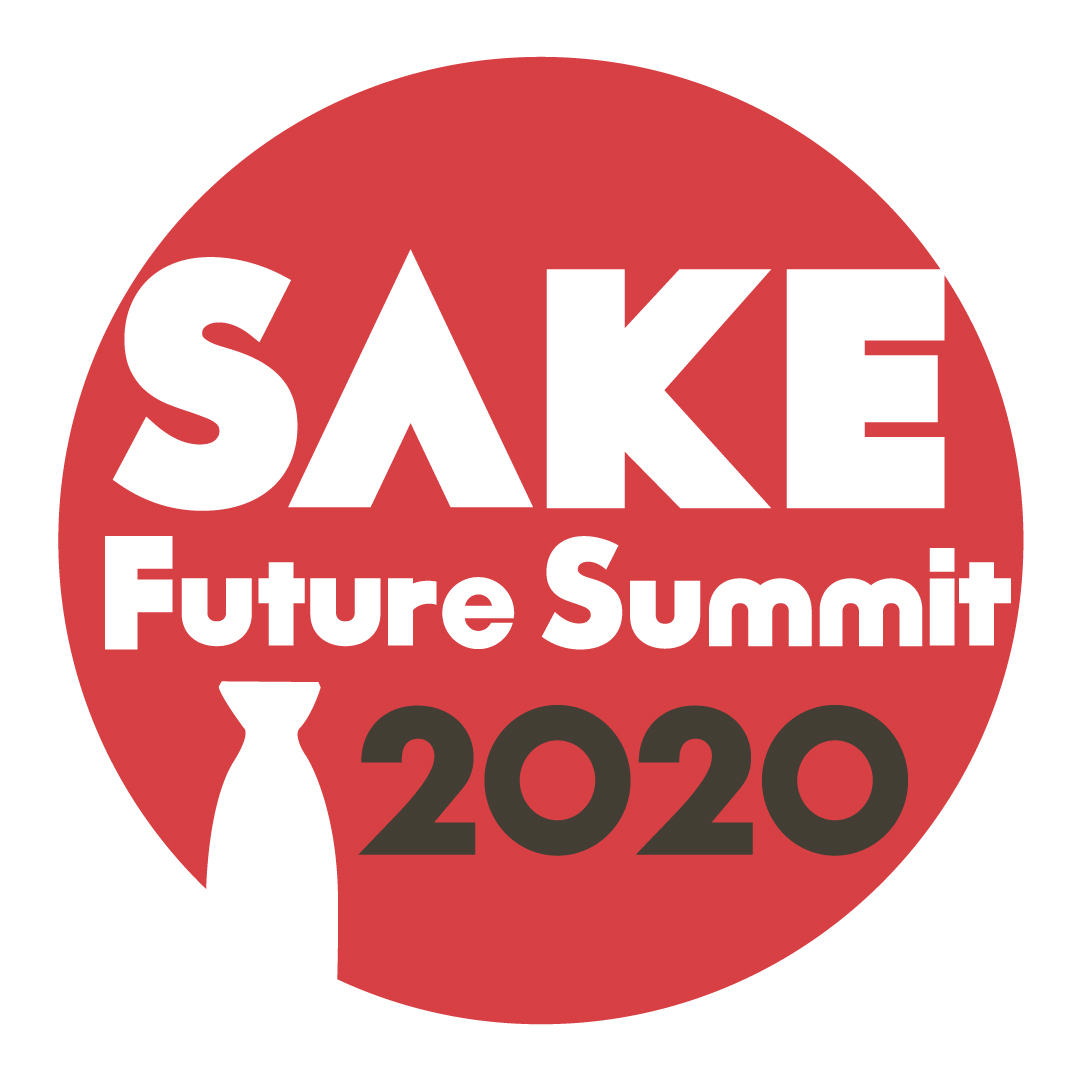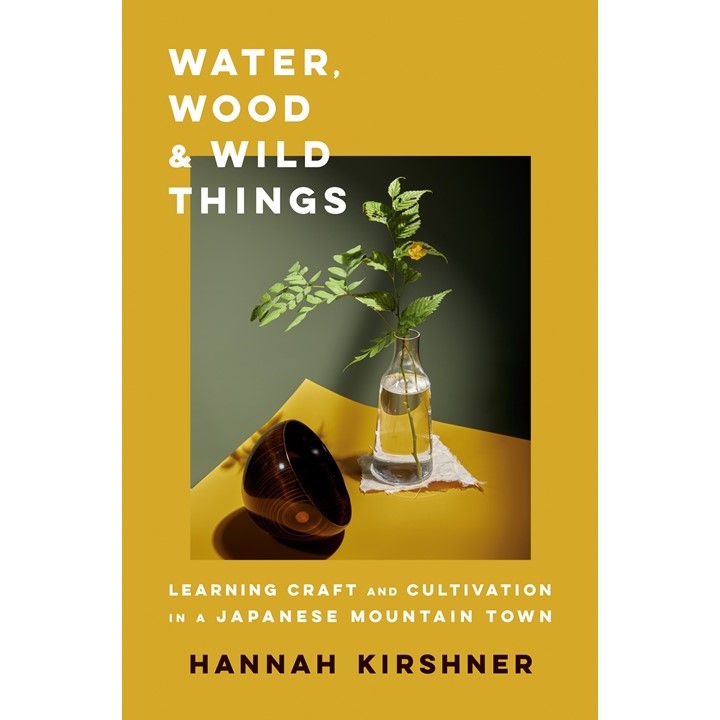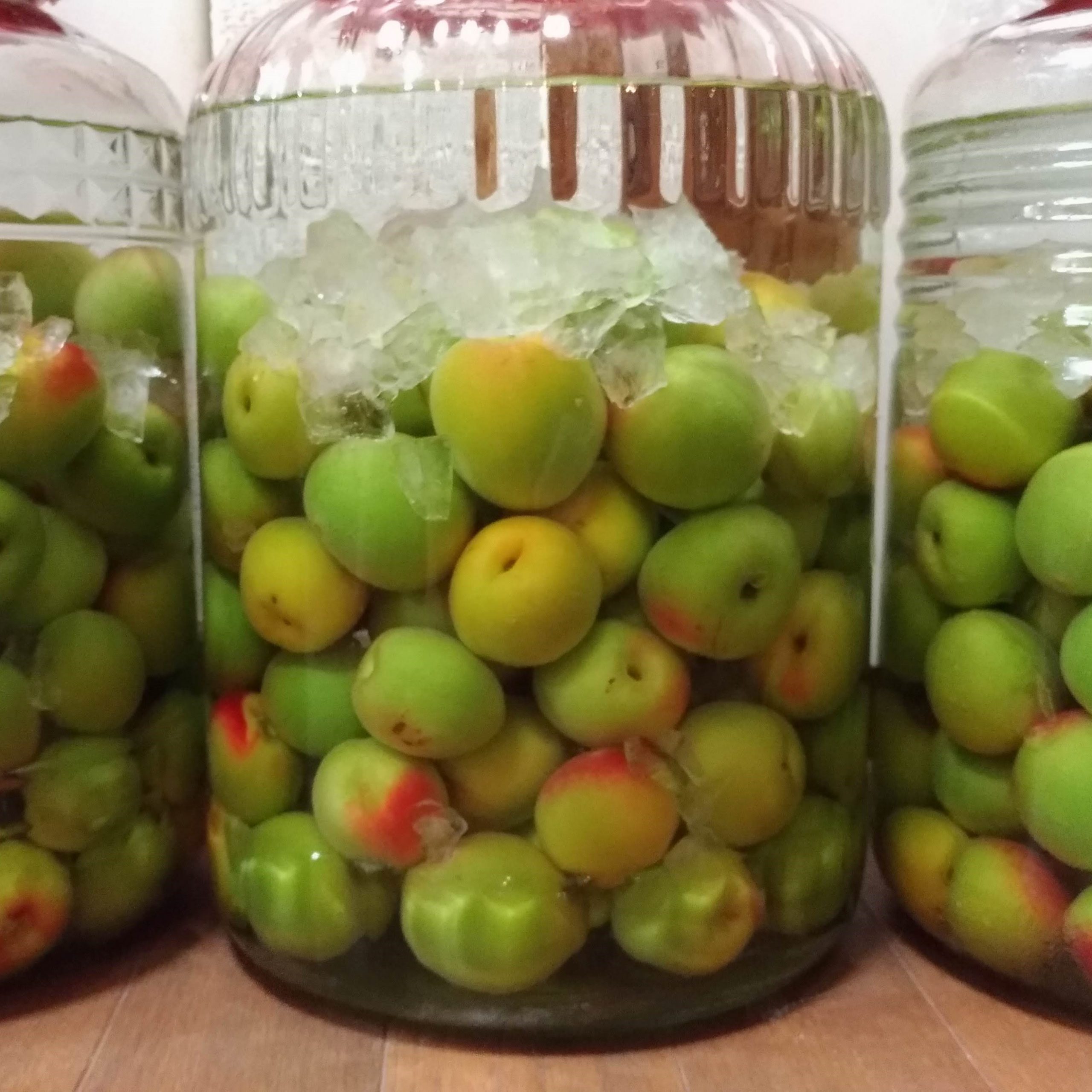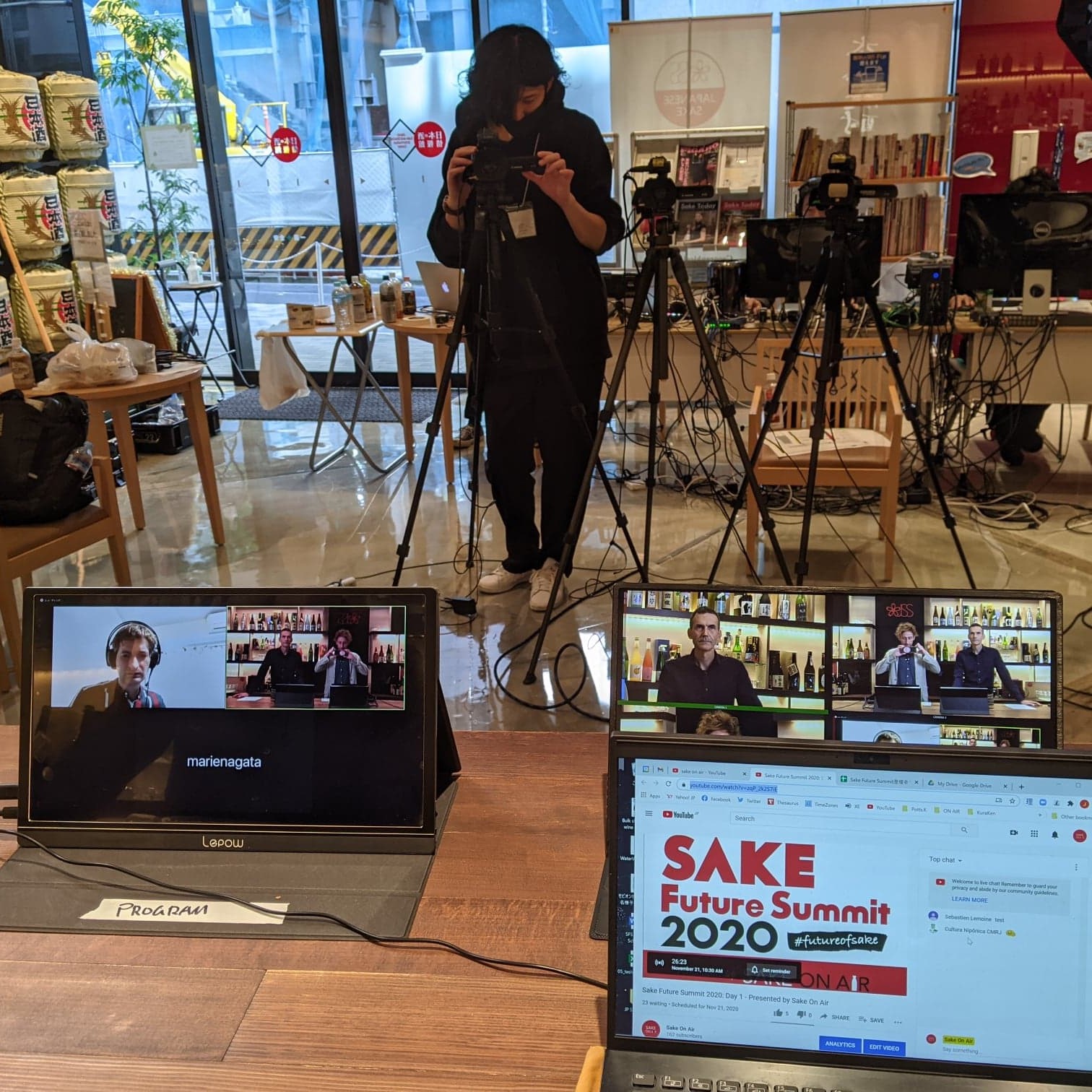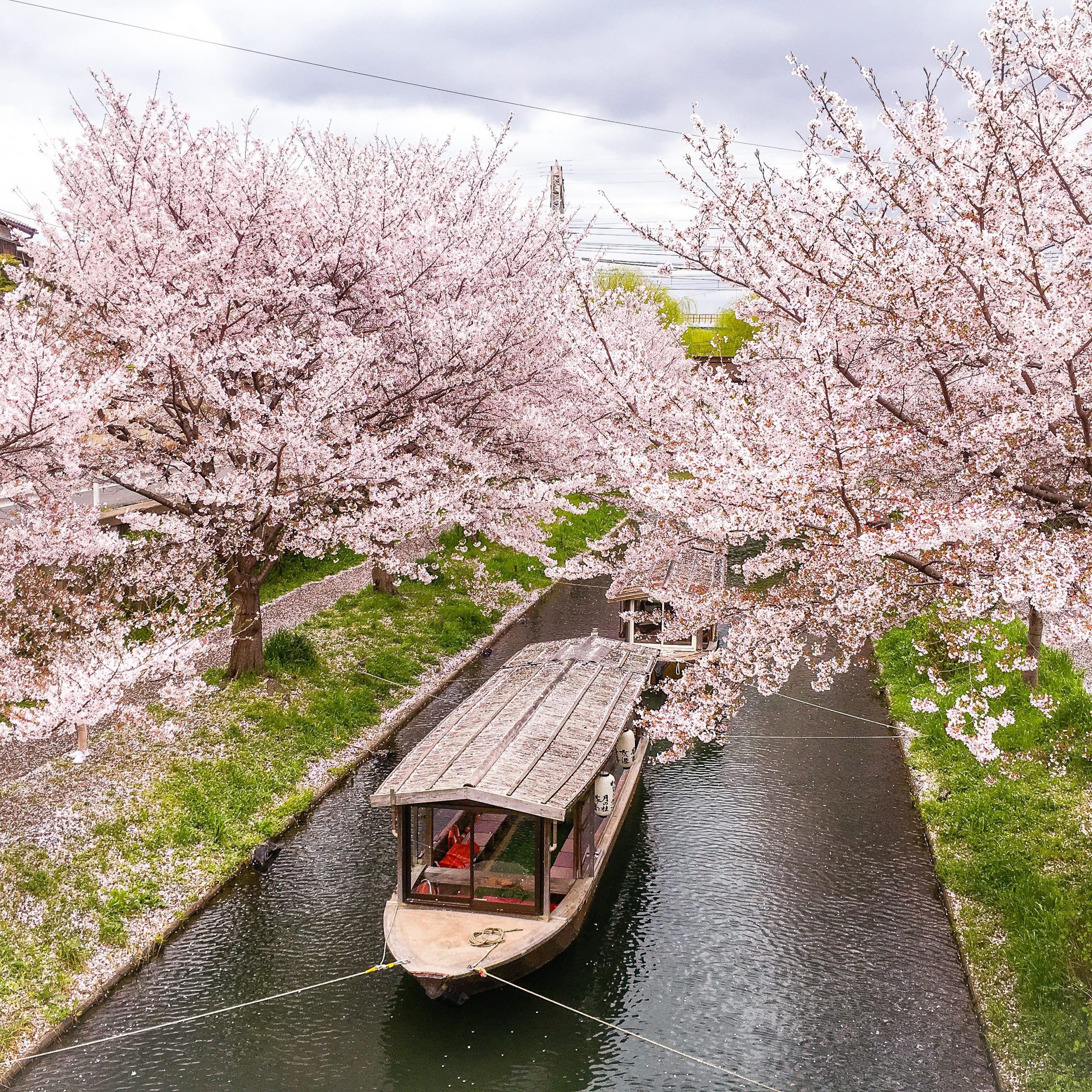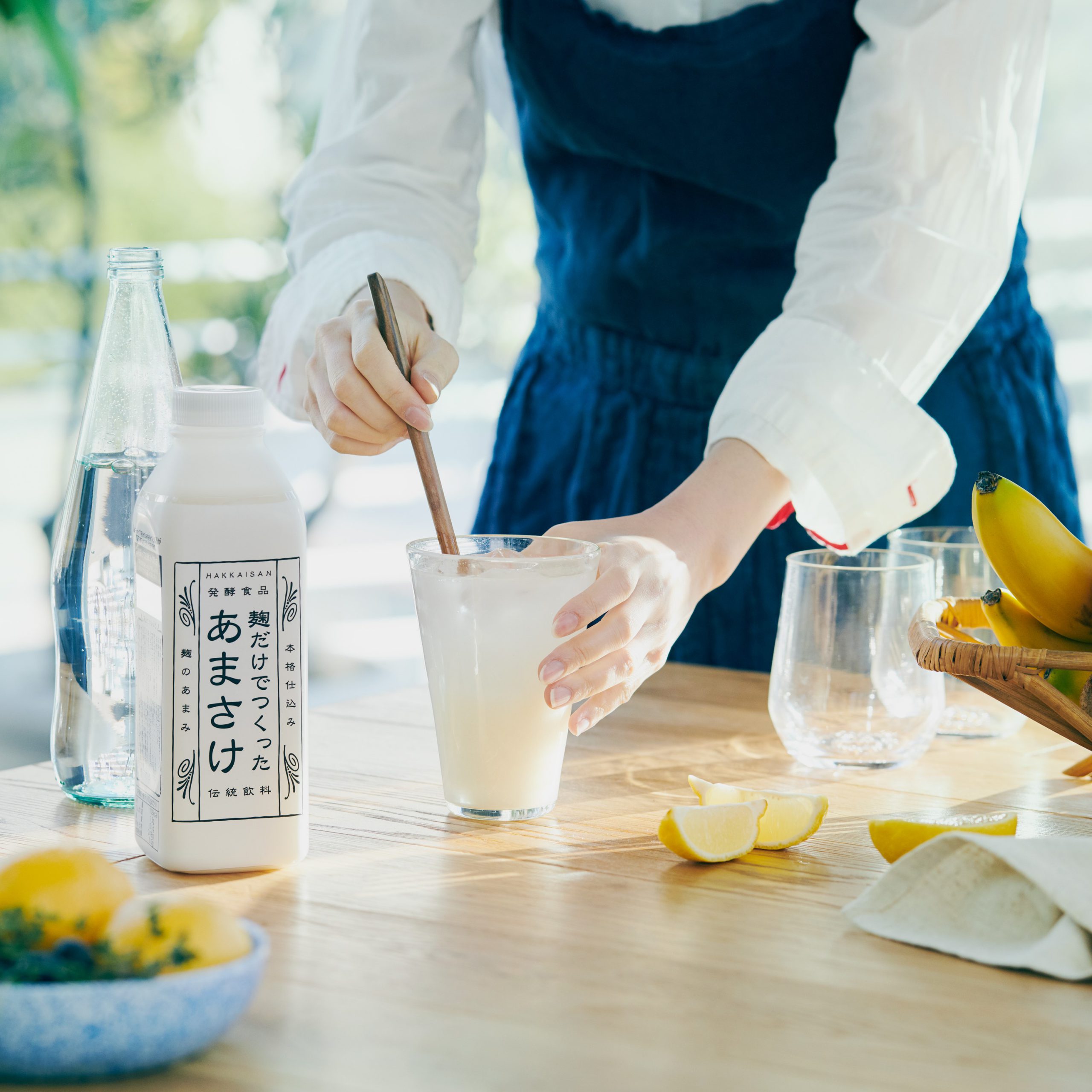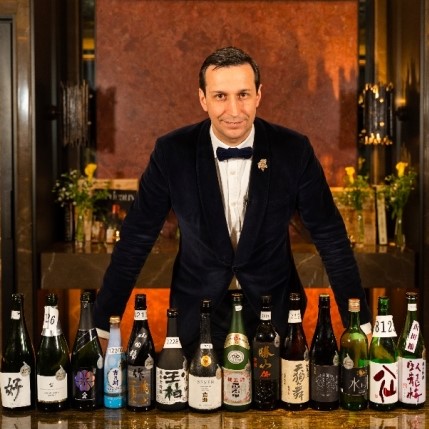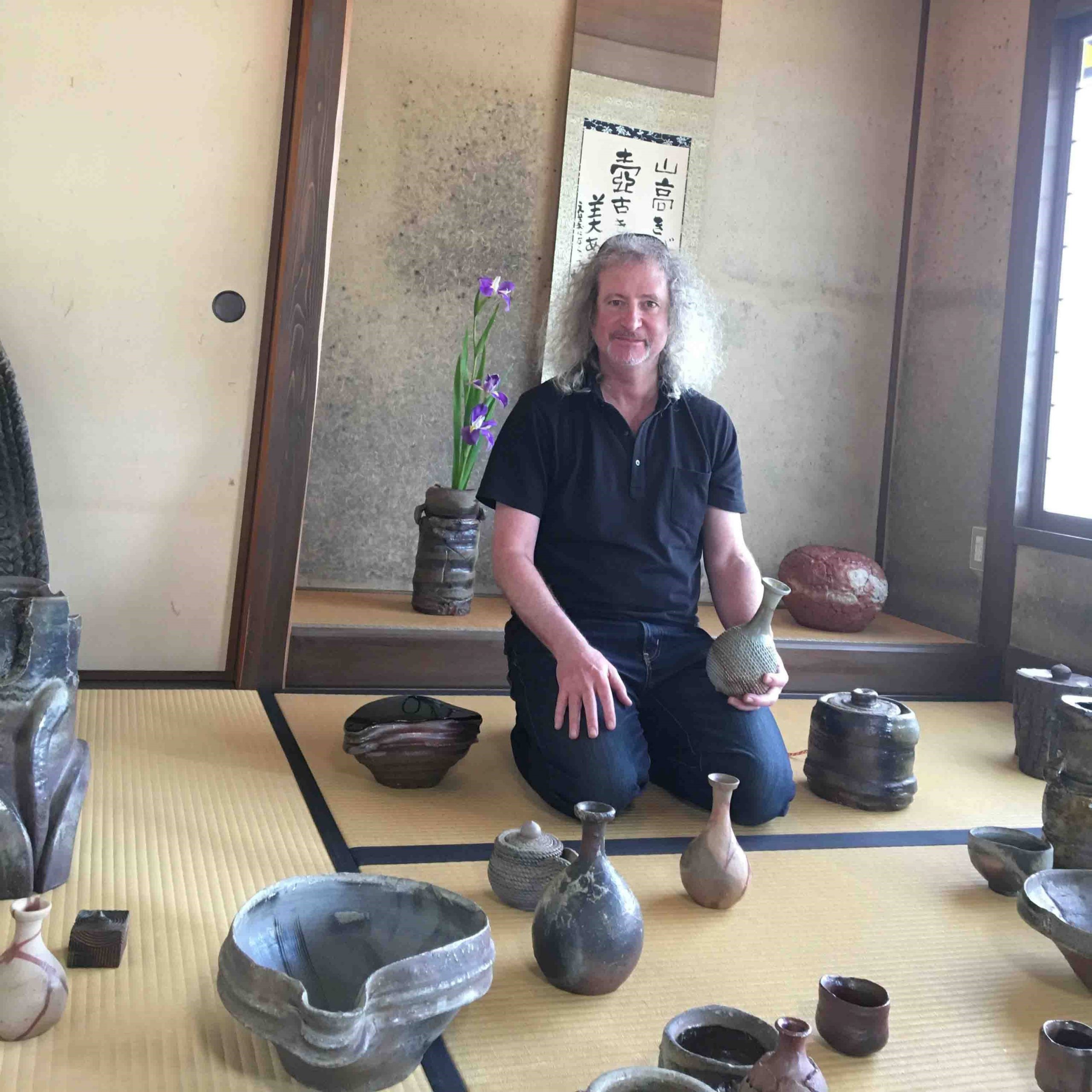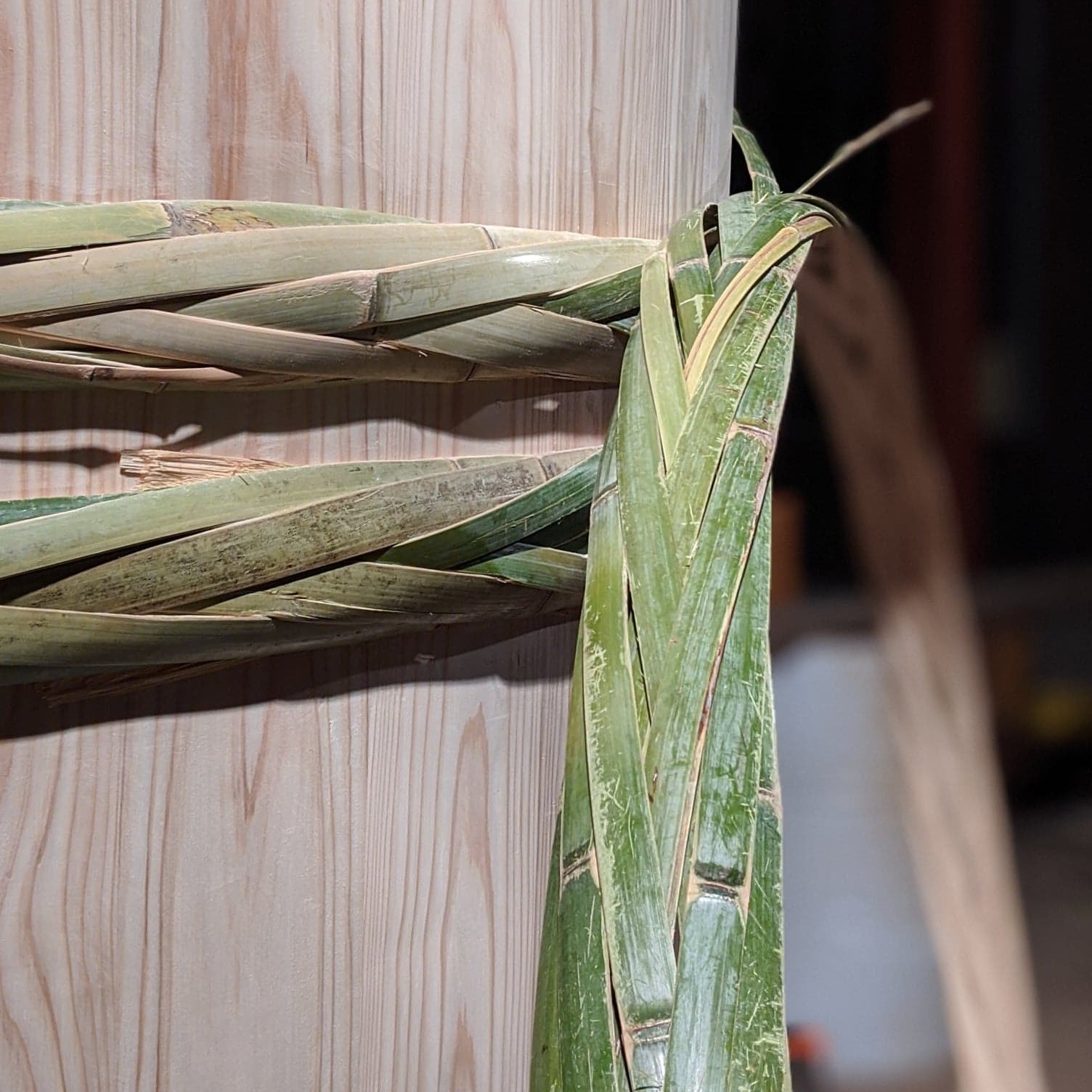We’ve been relatively quiet on the shochu front in recent months, but we’re looking to remedy that this week by serving up an episode that should inspire our listeners to begin procuring their shochu and awamori selections for the weekend and beyond.
This week Christopher Pellegrini welcomes frequent collaborator, author and co-host of the Japan Distilled podcast, Stephen Lyman. Stephen took us on a detailed tour of Yamatozakura Distillery for the Sake Future Summit back in 2020, joined us to talk about his book, Guide to Japanese Drinks, back on Episode 26, and also appeared on Episode 14 to discuss some of the finer nuances of our favorite koji-crafted distillates.
While shochu and awamori can be served up wonderfully any myriad of ways, this week Stephen and Christopher drill down into the basics. How are shochu and awamori most commonly prepared, served and consumed in Japan? Why would you select one style over another and how does it influence the sensory experience? What styles of shochu naturally lend themselves to certain serving and drinking styles?
As shochu and awamori expand their reach across the globe, drinking and service styles are diversifying at a dizzying pace – which is incredible. But for this episode, our hosts inform as to not only ‘what’ the common and established drinking styles are, but also ‘why’. There’s a reason this beloved beverage holds market share and mindshare in Japan on-par with (and occasionally eclipsing) sake. If you’re looking to explore those reasons, this week’s episode is the perfect place to start.
Thanks for once again tuning in to Sake On Air. You can help new listeners discover the show by leaving us a review on Apple Podcasts or on whatever service delivers you all of your podcasting needs. Contact us at questions@sakeonair.staba.jp with any thoughts about this week’s show, and feel free to follow us on Instagram, Twitter, and Facebook. Everything from Sake Future Summit 2020, as well as a number of other recordings, are all archived over on our YouTube channel, as well.
We’ll be back in two weeks’ time with more Sake On Air.
Have a happy and healthy week, everyone.
Kampai!
Sake On Air is made possible with the generous support of the Japan Sake & Shochu Makers Association and is broadcast from the Japan Sake & Shochu Information Center in Tokyo. The show is a co-production between Export Japan and Potts.K Productions, with audio production by Frank Walter. Our theme, “Younger Today Than Tomorrow” was composed by forSomethingNew for Sake On Air.
